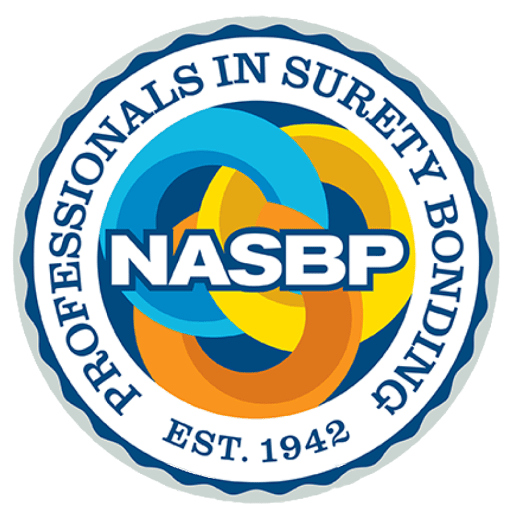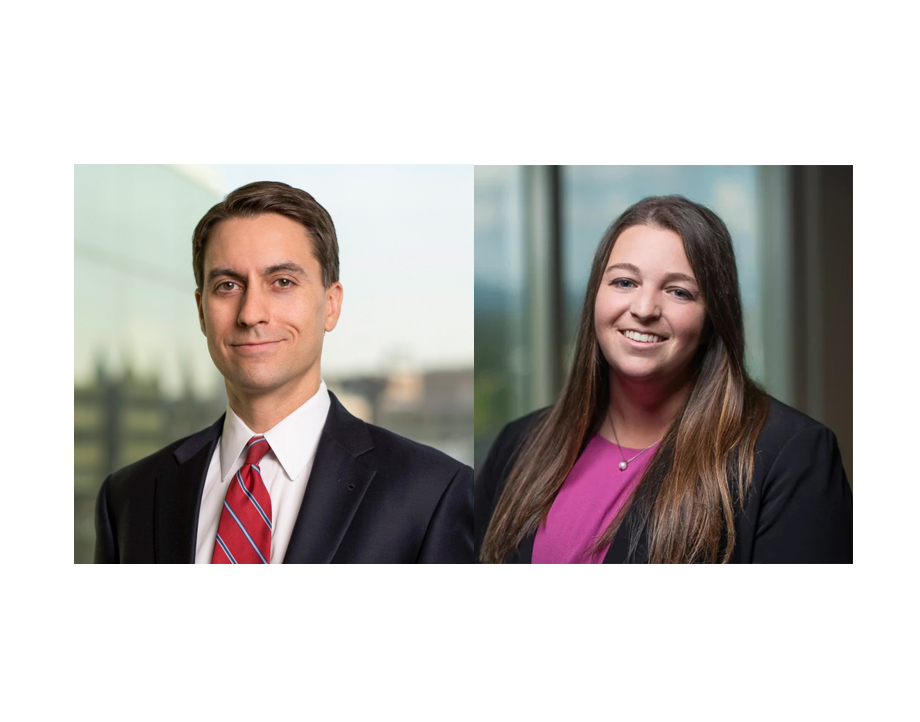Search & Filter
Search
Topic
Region
Audience
Post Type
Design-Build: An International Perspective on the Best Practices for Sustained Design-Build Success
Originally published May 20, 2025 by Peckar & Abramson, P.C. Peckar &…
Pre-Award Bid Protests: Practical Tips for Government Contractors
By Aron C. Beezley and Gabrielle A. Sprio of Bradley Arant Boult…
What to Do When Work Stops: A CPA’s Perspective on Stop-Work Orders
By Benjamin H. Bloom and Steven D. Graf of Ellin & Tucker…




